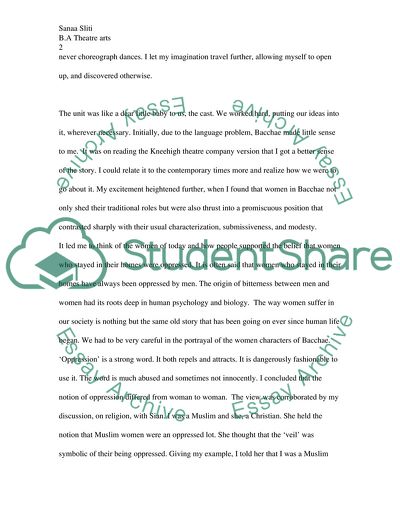Cite this document
(Collaborative Practice Term Paper Example | Topics and Well Written Essays - 1750 words, n.d.)
Collaborative Practice Term Paper Example | Topics and Well Written Essays - 1750 words. https://studentshare.org/sociology/1724746-collabrative-practice
Collaborative Practice Term Paper Example | Topics and Well Written Essays - 1750 words. https://studentshare.org/sociology/1724746-collabrative-practice
(Collaborative Practice Term Paper Example | Topics and Well Written Essays - 1750 Words)
Collaborative Practice Term Paper Example | Topics and Well Written Essays - 1750 Words. https://studentshare.org/sociology/1724746-collabrative-practice.
Collaborative Practice Term Paper Example | Topics and Well Written Essays - 1750 Words. https://studentshare.org/sociology/1724746-collabrative-practice.
“Collaborative Practice Term Paper Example | Topics and Well Written Essays - 1750 Words”. https://studentshare.org/sociology/1724746-collabrative-practice.


